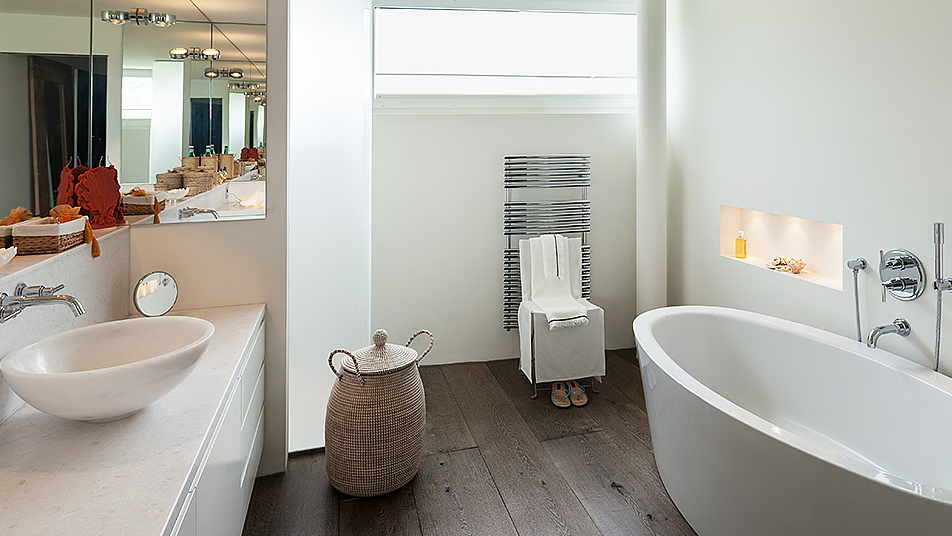Introduction to Greenguard Certification
Greenguard Certification has swiftly transformed into a pivotal player in improving interior spaces by establishing stringent benchmarks for low emissions of volatile natural chemicals (VOCs) in items. The certification aims to confirm that elements like construction materials, furnishings, and office apparatus contribute to more healthy interior locations by minimizing toxic pollutants.
Understanding VOCs and Their Consequence
VOCs are compounds that effectively vaporize at place temperature and can negatively impact air quality and person health. Usual sources of indoor VOCs include paints, solvents, carpets, furniture, and adhesives. Health effects from exposure to VOCs can range from eye, nose, and throat irritation to more grave issues like liver and kidney damage, or even core nervous system complications. Greenguard Certification is planned to considerably reduce these risks by confirming products emit low levels of VOCs.
The Requirements of Greenguard Certification
To accomplish Greenguard Certification, items must undergo rigorous testing in ecological chambers where their chemical emissions are measured. The benchmarks for certification are among the most stringent worldwide, requiring that items meet explicit emission limits for over 360 VOCs. Additionally, Greenguard Gold Certification, a more stringent degree, includes lower overall VOC emissions standards to confirm that items are appropriate for use in environments like schools and healthcare facilities.
Rewards of Greenguard Certified Items
Enhanced Interior Air Quality
Utilizing Greenguard certified items can lead to a quantifiable improvement in interior air quality. By limiting the concentration of VOCs, these items help reduce the possible for interior air pollution, which is crucial in environments where people spend extended periods, such as homes and workplaces.
Healthier Living and Working Surroundings
The reduction of harmful chemicals contributes significantly to creating more healthy living and working areas. This is specially important for prone groups such as children, the elderly, and those with chemical sensitivities or respiratory issues.

Conformity with Health-Based Building Requirements
Greenguard Certification helps builders and designers comply with global interior air quality standards, such as LEED, WELL, and BREEAM. These standards promote sustainability and health in building practices, and incorporating Greenguard certified items can contribute to achieving these certifications.
Sustainability and Corporate Duty
Opting for Greenguard certified items reflects a commitment to sustainability and corporate duty. It shows an investment in health and ecological stewardship, aligning with broader goals of reducing ecological footprints and promoting a sustainable future.
For a deeper comprehension of how Greenguard certification can enhance your project’s sustainability and interior air quality, visit greenguard.
Concluding Thoughts
Greenguard Certification plays a pivotal part in improving interior environments by confirming that items meet rigorous low chemical emissions benchmarks. This certification not only helps secure human health by improving air quality but also supports sustainable building practices and enhances compliance with environmental standards. Opting for Greenguard certified items is a proactive measure towards healthier, more sustainable living spaces.
